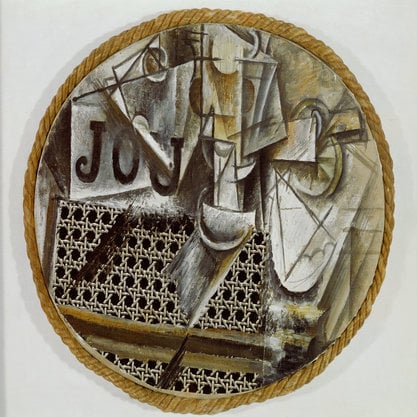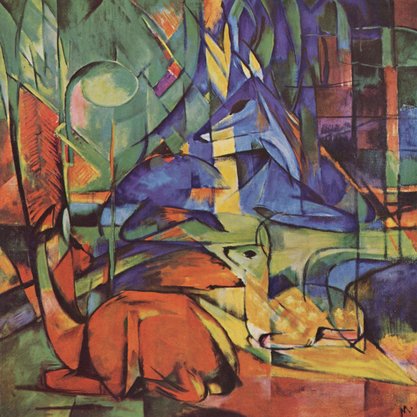Article
Ocampo, Galo (1913–1985) By Curtin, Brian
Article
Galo Ocampo was a Filipino painter known for rejecting academic tradition and embracing Western modernism. He worked as a curator for the Presidential Museum at Malacañang Palace, and was later appointed director of the National Museum. Ocampo graduated from the School of Fine Arts at the University of the Philippines. He later taught at the University of Santo Tomas and, in 1971, he led the Department of Fine Arts at Far Eastern University. Stylistically, his paintings showcase the influence of Cubism, Surrealism, and Expressionism on his works. Often blending Christian themes with references to Filipino indigeneity, one of his most controversial works—The Brown Madonna (1938)—uses Filipino subjects in its use of the “Our Lady and Child” image, while also including references to the Philippines (specifically, bamboo trees and a bahay kubo [vernacular house]). In 1956 the Archbishop of Manila sent Ocampo Rome to design stained glass windows for both the Santo Domingo Church and the Manila Cathedral. Ocampo was honored with a 1982 retrospective at the Museum of Philippine Art in Metro Manila.



